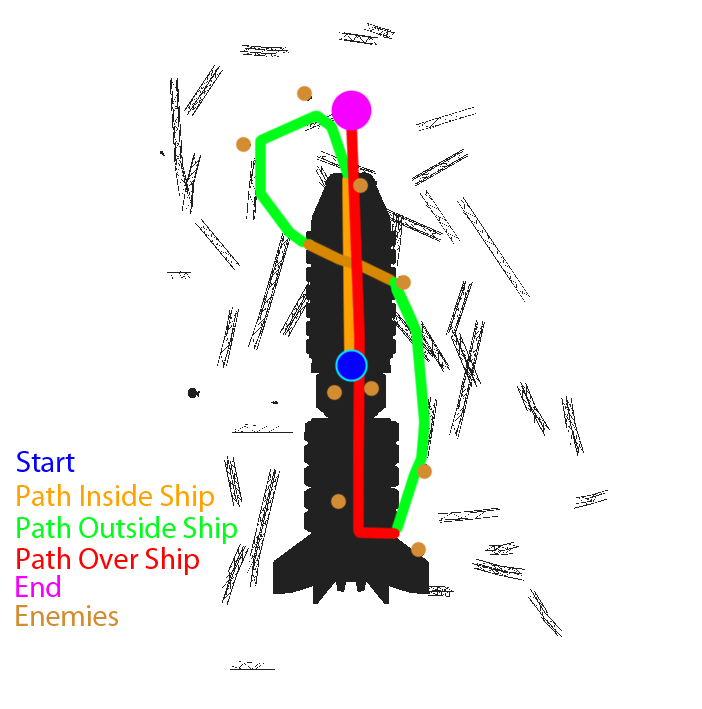 |
|||||||
 |
 |
||||||
Project: StarHack Platform: IOS/iPad/iPod Touch GAME WIZARDS My roles for this game included:
Notable Team Members: Adam Murphy, Andrew Ojeda. |
Click Here To Visit The StarHack Facebook Page
I started out by referencing a lot of different games, I really like space games and looked at the games Freelancer and Descent for ideas. Once I had a working prototype, I decided to go for a game that didn't involve shooting and combined it with other puzzle games that involved speed and memory. |
Here is a video of the final product.
The image below shows the flow of the game and the paths the player takes.

This next section is a break down for the visual scripting I did, each section will be shown in order that they appear in the video above. Each section will have an image of the scripting done in UDK's visual scripting application called kismet, then a description of each in detail. Clicking an image will open it in a new window to enlarge it. |
∙∙∙∙
∙∙∙∙ |
∙∙∙∙ |
∙∙∙∙ |
∙∙∙∙ |
∙∙∙∙ |
∙∙∙∙ |
∙∙∙∙ |
∙∙∙∙ |
∙∙∙∙ |
∙∙∙∙ |